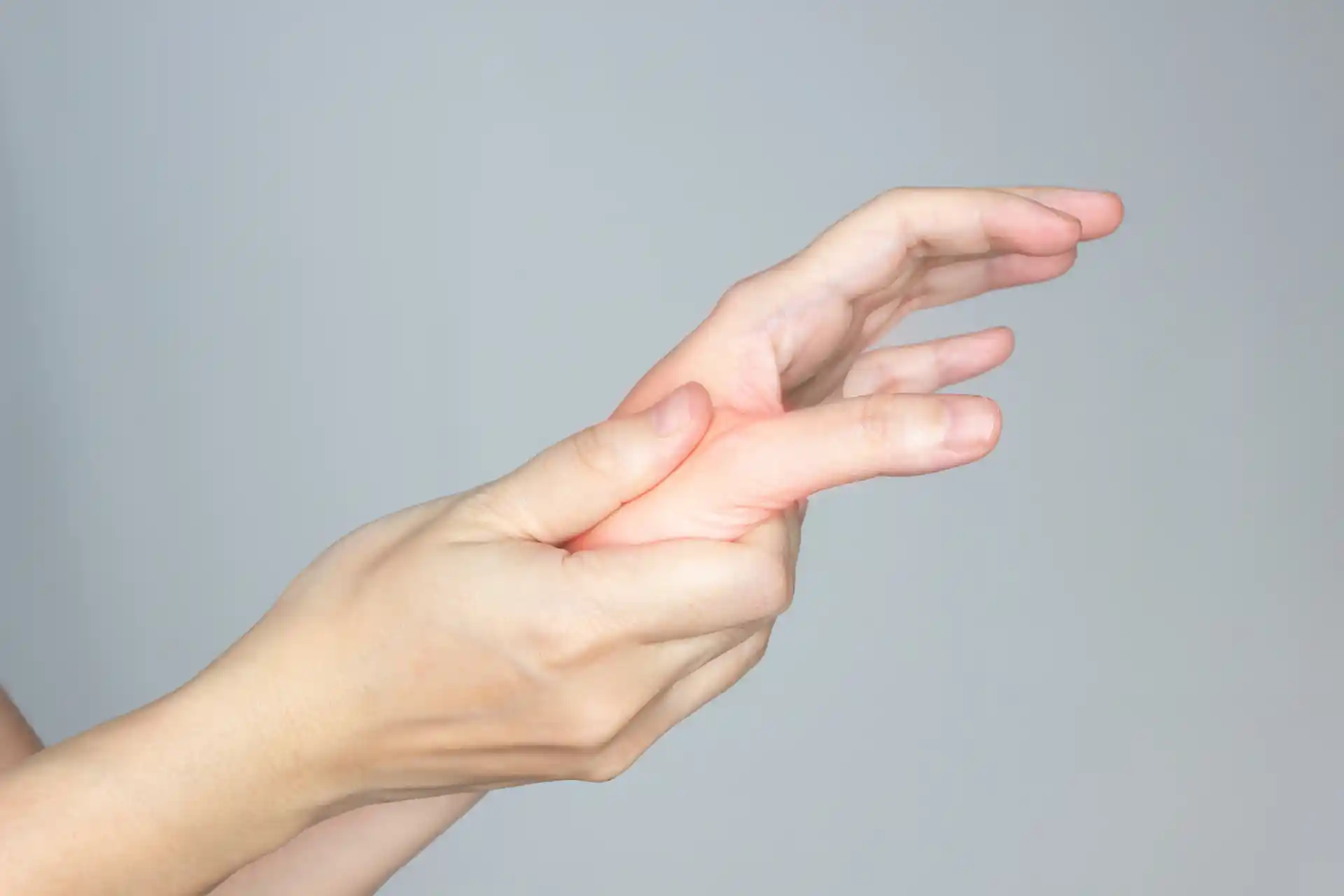Understanding Sciatic Nerve Pain Location in Women
When it comes to sciatic nerve pain, understanding its location and causes is essential for effective management and treatment. In this section, we will provide an overview of sciatica and explore the specific causes of sciatic nerve pain in females.
Overview of Sciatica
Sciatica refers to the pain that radiates along the path of the sciatic nerve, which is the longest nerve in the human body. The sciatic nerve originates in the lower back and extends down through the hips, buttocks, and legs. Sciatica occurs when this nerve becomes compressed or irritated, resulting in pain, numbness, and tingling sensations.
The intensity and duration of sciatic nerve pain can vary from person to person. Some individuals may experience mild discomfort, while others may endure severe pain that affects their daily activities. The pain may be constant or intermittent and can last for weeks or even months.
To learn more about the duration of sciatic nerve pain, visit our article on how long does sciatic nerve pain last.
Causes of Sciatic Nerve Pain in Women
There are several potential causes of sciatic nerve pain in females. These include:
- Herniated Disc: A herniated disc occurs when the soft, gel-like center of a spinal disc protrudes through a crack in the tougher outer layer. This can compress the sciatic nerve and lead to pain and other symptoms. Herniated discs can result from age-related degeneration or sudden injuries.
- Pregnancy: Pregnancy-related sciatica is common among women. As the uterus expands, it can put pressure on the sciatic nerve, causing pain and discomfort. Additionally, hormonal changes during pregnancy can loosen the ligaments, leading to increased vulnerability to sciatic nerve irritation.
- Spinal Stenosis: Spinal stenosis is a condition characterized by the narrowing of the spinal canal, which can put pressure on the sciatic nerve. It commonly occurs due to age-related degeneration of the spine, causing the nerve to become pinched and resulting in pain.
- Piriformis Syndrome: The piriformis muscle is located deep in the buttocks and can sometimes irritate or compress the sciatic nerve. This can lead to sciatic nerve pain, especially when the muscle becomes tight or spasms occur.
- Muscle Imbalances: Imbalances in the muscles surrounding the spine and pelvis can contribute to sciatic nerve pain in females. Weakness or tightness in certain muscle groups can alter the alignment of the spine and increase the risk of compression or irritation of the sciatic nerve.
- Injury or Trauma: Trauma or injury to the lower back, hips, or buttocks can potentially damage the sciatic nerve and lead to pain. Accidents, falls, or sports-related injuries can all contribute to the development of sciatic nerve pain.
Understanding the underlying causes of sciatic nerve pain in females is crucial for determining the most appropriate treatment approach. By identifying the specific cause, healthcare professionals can develop targeted treatment plans to alleviate pain and improve overall well-being.
For more information on how to recognize and differentiate sciatic nerve pain, refer to our article on how do I know if I have sciatica.
Identifying the Pain
When it comes to dealing with sciatic nerve pain, it's essential to be able to identify and understand the symptoms. By recognizing the typical locations of sciatic nerve pain in females and learning how to differentiate it from other types of pain, you can better manage and seek appropriate treatment for your condition.
Typical Locations of Sciatic Nerve Pain in Women
Sciatic nerve pain can manifest in various areas of the lower body. In females, the pain often originates in the lower back and radiates down through the buttocks, hips, and legs. The pain can be felt on one side of the body or both sides, depending on the underlying cause.
The table below provides a clearer picture of the typical locations of sciatic nerve pain in females:
It's important to note that the exact location and extent of pain can vary from person to person. Some individuals may experience pain primarily in one area, while others may have a broader distribution of discomfort. If you're unsure whether your symptoms align with sciatic nerve pain, consider consulting a healthcare professional for a proper diagnosis. Learn more about the symptoms of sciatica in our article on sciatica symptoms.
How to Recognize and Differentiate Sciatic Nerve Pain
Recognizing sciatic nerve pain involves understanding its distinct characteristics. Here are some key features that can help you differentiate sciatic nerve pain from other types of pain:
- Radiating pain: Sciatic nerve pain typically radiates from the lower back and travels down the leg. It often follows the path of the sciatic nerve, which branches out from the lower spine.
- One-sided pain: Sciatic nerve pain is often experienced on one side of the body, although it can affect both sides in some cases.
- Burning or electric shock-like sensation: The pain associated with sciatica is often described as a burning or electric shock-like sensation. It can range from mild to severe.
- Numbness and tingling: Along with pain, individuals with sciatica may experience numbness, tingling, or a pins-and-needles sensation in the affected leg or foot.
If you suspect that you may be dealing with sciatic nerve pain, consider consulting a healthcare professional for an accurate diagnosis. They can perform a thorough evaluation and recommend appropriate treatment options. For immediate relief strategies, you can also explore our article on immediate relief for sciatica pain.
Understanding the typical locations of sciatic nerve pain in women and being able to recognize its unique characteristics are crucial steps towards effectively managing and treating this condition. Remember to consult with a healthcare professional for personalized advice and guidance based on your specific situation.
If you’re considering RELIEF® for yourself or a loved one dealing with sciatica symptoms, without the need for surgery, steroids or sedation, contact us to learn more.

.jpg)




.svg)